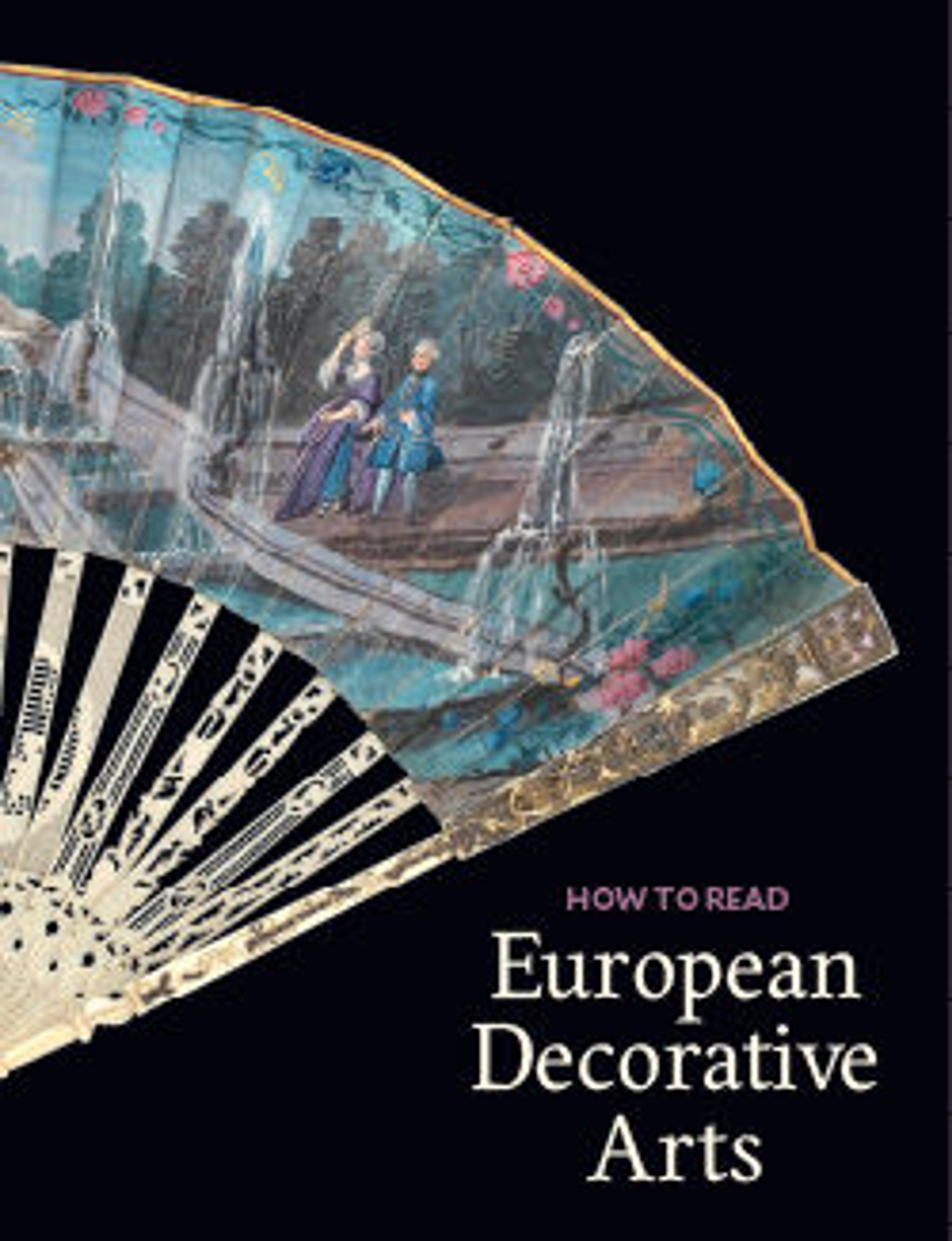Cabinet with scenes from the Story of Esther
During the seventeenth century biblical stories featuring heroines such as Esther, who courageously interceded on behalf of her people with her husband, the Persian king Ahasuerus (depicted on the lid), were popular as instructive examples for young women. Enclosing a mirror, the lid of this cabinet opens to reveal a tray with writing implements. The central compartment is lined with a landscape drawing, which is reflected in tiny mirrors placed at an angle, offering perspective views not unlike the interior of contemporary collectors’ cabinets. The front panels give access to tiny drawers.
Artwork Details
- Title: Cabinet with scenes from the Story of Esther
- Date: after 1665
- Culture: British
- Medium: Wood; silk satin worked with silk, metal threads (metal strip wrapped silk, silk-wrapped coiled wire, wire) linen thread, seed pearls, mica, feathers; detached buttonhole, buttonhole filling variations; French knot, single knot, laid work, couching, satin, and stem stitches; metal thread trim (metal strip wrapped on silk core; metal strip) wood frame; silk lining; mirror glass, glass bottles; printed paper
- Dimensions: Overall: 9 1/4 × 16 × 11 1/4 in. (23.5 × 40.6 × 28.6 cm)
- Classification: Textiles-Embroidered
- Credit Line: Gift of Irwin Untermyer, 1964
- Object Number: 64.101.1335
- Curatorial Department: European Sculpture and Decorative Arts
More Artwork
Research Resources
The Met provides unparalleled resources for research and welcomes an international community of students and scholars. The Met's Open Access API is where creators and researchers can connect to the The Met collection. Open Access data and public domain images are available for unrestricted commercial and noncommercial use without permission or fee.
To request images under copyright and other restrictions, please use this Image Request form.
Feedback
We continue to research and examine historical and cultural context for objects in The Met collection. If you have comments or questions about this object record, please contact us using the form below. The Museum looks forward to receiving your comments.
